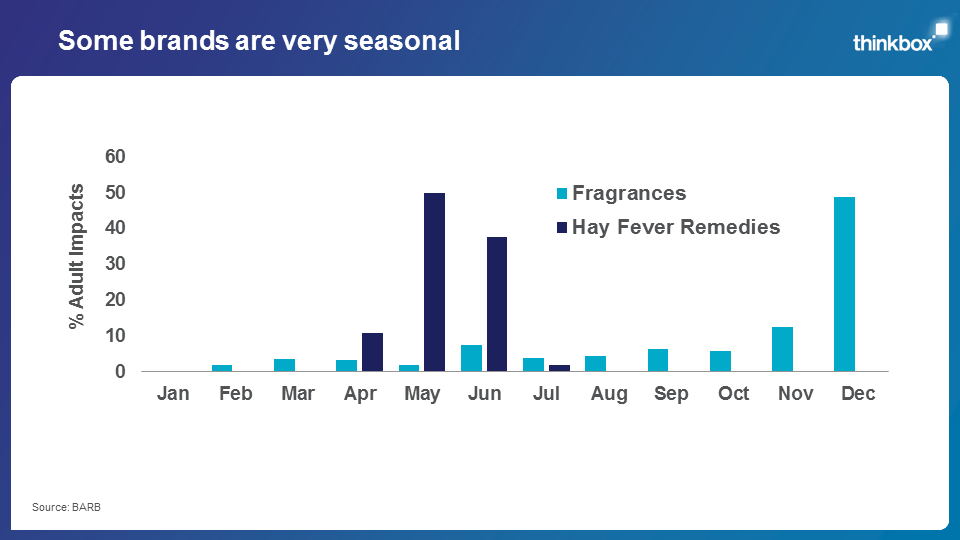
In our last article, How Expensive Is TV Advertising?, we used Chambord as an example of TV advertising success. One of the elements that contributed to that success was the timing of Chambord’s campaign and the individual adverts within that campaign.
Electing for a summer slot, Chambord chose a time when their advert would face little competition and yet the season was also the optimum time to enjoy their product. On top of this, they used a show that aired past watershed, which ensured an older audience more likely to drink Chambord.
Focusing on the time at which their advert appeared helped Chambord achieve phenomenal results, such as increasing their brand exposure by 42% and year on year sales by 47%. Timing is certainly not the only reason for the brand’s success but do you think it would have been as well received if they had run the campaign across breakfast slots during winter mornings?
Of course not and it would have cost them more too, due to the season (TV viewing decreases in summer) but you can read more about that in the last blog. Here, we’ll look at how you should take timing into consideration when planning your TV campaign.
You may create a great advert but if it’s not shown at the right time you won’t reach your target audience. Top brands are well aware of this and as Thinkbox highlight they run their campaigns accordingly:
“Some markets have no seasonality like washing up liquid for example; however, other markets such as cars are extremely seasonally driven and might focus their TV activity around key registration periods.
Below you can see how perfume brands focus their TV activity in the run up to Christmas to target ‘gifters’, whereas hay fever remedies are only relevant in the spring and summer.” – Thinkbox

Dayparts
As we’ve touched on, the time of day an advert airs in can have a big impact on the results it reaps. This also extends to the actual day of the week the advert goes out and plenty of research has gone into the optimum time of day and day that complements each industry and sector best.
In terms of time of day, there are the obvious cases such as alcoholic drinks adverts airing later in the evening, as their target demographic will always need to be over 18 and in the case of more sophisticated drinks, such as Chambord, they will be targeting an older audience still.
One great example of selecting dayparts is JustEat. JustEat is a takeway service who plan their campaigns around the optimum times for ordering a takeaway, just have a look at Thinkbox’s graphic below:

So there you have it. Timing is crucial to the success of TV advertising campaigns, so it’s worth doing or reading research into when the optimum time to advertise will be for your business.
Alternatively, speak to us for expert advice regarding TV advertising!







